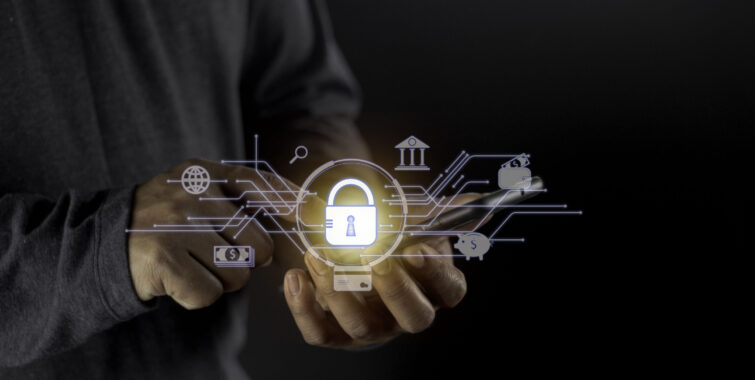We’ve been talking about cybersecurity for years… surely by now everyone understands what they need to do to stay safe?
Unfortunately, the level of risk is getting higher, and our own research has revealed that consumers are slacking when it comes to some basic cybersecurity measures. According to the findings, which were carried out in the UK, some of the errors that people are making include accepting unnecessary cookies and not using additional account protection such as two-factor authentication (2FA).
It’s interesting that one of the main reasons that people are giving up on cybersecurity is that they’re overwhelmed. They’re aware of the risks but think that keeping up with best practice is an impossible task, so there’s no point in even trying. And it’s easy to understand why people might be feeling weighed down as they grapple with a growing number of online accounts and are bombarded with news about evolving cyber threats and data breaches on a daily basis.
With this in mind, I really want to encourage people to go back to basics. Staying safe online doesn’t have to be complicated and it cannot be ignored.
You might already be familiar with some of these top tips I’m about to share. But I think we could all use a reminder from time to time to take care of our “cyber admin” and protect our personal information….
1) Update your passwords: We’re on our way towards a passwordless future where passkey technology will allow authentication with just your fingerprint or facial ID. But, in the meantime, avoid using 123456, qwerty, password or 654321 to guard your personal information! Now is as good a time as ever to carry out a password check-up: where you’re still using passwords, double check they’re difficult to guess and are different across all your online accounts.
2) Use two-factor (or multi-factor) authentication: These authentication processes require the user to verify themselves using more than just a password. This adds an additional layer of security and significantly reduces the likelihood of unauthorised access. Prioritise using MFA on essential platforms like your email, banking, and social media accounts.
3) Try something new: Many organisations also now provide protection with biometrics, one-time passcodes, or smart cards to verify your identity. Trying something new can feel like hard work at the time, but these new processes have all been designed to make your life easier, and will ultimately bolster your security.
4) Update your software: Whatever steps we take to prevent intruders from accessing our online accounts, this could all be un-done if a cybercriminal exploits a vulnerability in outdated software. Now’s the time to check all of your devices and applications are up to date for optimal security. Learn more here.
5) Consider cookie preferences with care: Many consumers will be tempted to accept cookies for ease without really thinking about what they’re consenting to. It’s definitely worth taking a few extra moments to consider who you’re sharing your data with and read the terms and conditions.
6) Stop using public Wi-Fi without a VPN: It’s now more common for people to work on the move, logging onto Wi-Fi in coffee shops, bars and public spaces. This could put your personal and company information at risk. Be sure to use a VPN which will protect your online activity by re-routing your internet connection through a private server.
7) Stay vigilant to phishing: Many people still get caught out by phishing attempts – whether that’s through an unsolicited email, text message or phone call. These days, generative AI has the potential to make fraudsters even more convincing, so we need to remain vigilant. This means refraining from sharing personal information and reporting any suspicious activity.
It can be easy to get overwhelmed by a fast-changing cyber landscape. But these relatively simple measures can go a long way to enhance online identity protection. In fact, much of this basic cybersecurity advice is now more important than it ever has been, given how human error remains a leading cause of data breaches, accounting for 31% of which.
You can find out even more about the basics of cybersecurity here:
Most Common Cybersecurity Questions and Answers (thalesgroup.com)
You can follow Philippe Vallée on LinkedIn here



